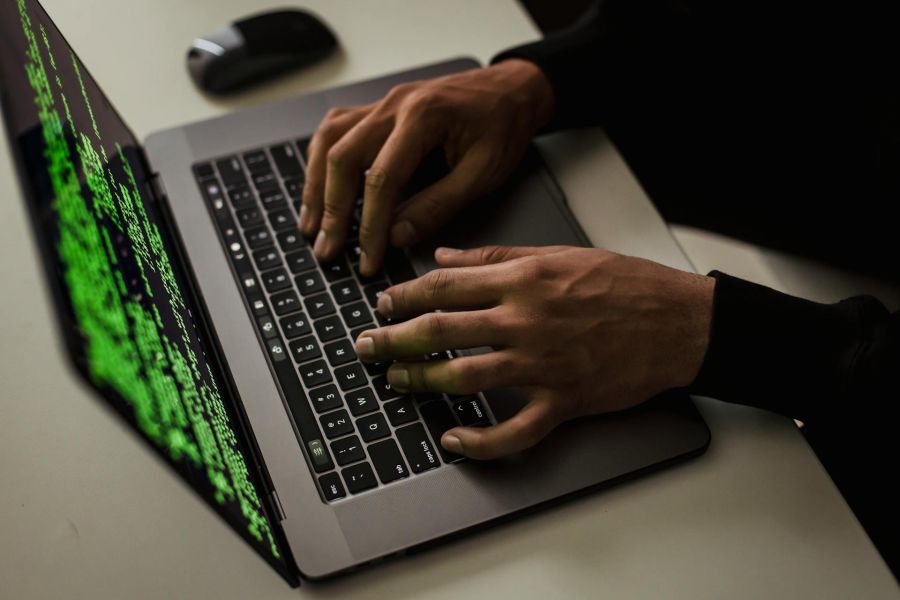The unrelenting dynamic of technology has led to the fusion of artificial intelligence (AI) with cybersecurity, thereby providing unprecedented capabilities in ensuring the security of digital assets and information. Though this integration offers innovative solutions, it also introduces the predicaments that professionals and organizations must navigate. Understanding such developments is crucial for those trying to keep up with the changing technology and market dynamics, and resources like cto blog become priceless for the necessary insight and direction.

The New Dawn of AI-based Defence Strategies
Along with the development of cyber threats, traditional security techniques wane into the background with little chance to follow up. AI here performs the function of augmenting learning. AI systems can analyze vast amounts of information, which helps identify trends and situations that may not be noticed by the people who are watching the problem from a distance.
This capability is changing the way we look at security, which is not just predictive (to foresee potential breaches), but also automatic (to respond to threats in real-time) to other means altogether. The emergence of machine learning mechanisms that detect viruses and defense against it if they can cause harm shows the preemptive ability of AI in cyber security.
On the other hand, cybersecurity tools like AI are a huge component of our cybersecurity infrastructure. Still, they also pose questions regarding their reliability and the creation of more hackable vulnerabilities. Can AI machines be beardless or override the system? Are they punished? What happens when they make mistakes? The two-faced AI of cybersecurity walks through a land endowed with both hope and challenge.
Navigating the Challenges
Among the many problems surrounding merging AI and cybersecurity is the arms battle between attackers and defenders. Cybercriminals also use AI to develop these far more advanced attacks, and thus, the circle of protection vs. hacking is ongoing. This ever-changing theatre of cyber-attacks especially demands that cybersecurity experts apply ingenuity and adaptiveness. Hence, ongoing education and awareness are mandatory.
The second and most significant issue is the ethical and privacy concerns revolving around the application of AI. Along with getting into data and private information, the systems get more profound, and as a result, finding a balance between security and privacy becomes more complicated. The inclusion of AI in cyber security is a matter that should be done responsibly so that the safety of the data against abuse never outweighs the rights of individuals.
Moreover, incorporating AI in cybersecurity needs plentiful investments in financial and technological resources. AI-based security must be developed and maintained in an operational environment, which could be expensive for small businesses. This is why a gap concerns the digital divide and whether the best security techniques are easily accessible throughout different industries and among big and small businesses.
The Path Forward
However, it is important to highlight the existing hurdles to be overcome while the possibility of AI making cybersecurity better cannot be questioned. Going forward, we will see a more holistic integration of AI, which will see human wisdom and intelligence working hand in hand. By combining traditional and modern approaches, the security system will be full of life and able to use the strengths of both.
Yet, with time, we can expect the development of increasingly robust and standardized frameworks and principles to resolve ethical, privacy, and implementation concerns. These guidelines help to debunk AI’s role in cybersecurity and eventually give a clear map that will navigate the responsible use of AI in cyberspace.
Elimination of the obstacles, including AI in cybersecurity, will be possible if education and collaboration come into the game as significant players. By building a network of continuous learning and sharing of the best practices, the cybersecurity community may always be at the forefront of the threats. Collaborative efforts such as cross-industry partnerships and open-source collaboration provide promising platforms for speedy innovation, which consequently levels the playing field regarding access to more advanced security options.
Conclusion
The future of AI in cybersecurity is a ripple of promise opposing the waves of difficulty. The goal in this journey is to use AI powers along with its weaknesses, which enable the technology for mankind at large. This can be done through innovation, ethical measures, and collaboration, thereby allowing the AI to achieve the goal of making a safer world on the internet. The trek will be complex, but by using a proper strategy, a combination of AI and cyber security can be a vital asset for the war against cyber threats.

Founder Dinis Guarda
IntelligentHQ Your New Business Network.
IntelligentHQ is a Business network and an expert source for finance, capital markets and intelligence for thousands of global business professionals, startups, and companies.
We exist at the point of intersection between technology, social media, finance and innovation.
IntelligentHQ leverages innovation and scale of social digital technology, analytics, news, and distribution to create an unparalleled, full digital medium and social business networks spectrum.
IntelligentHQ is working hard, to become a trusted, and indispensable source of business news and analytics, within financial services and its associated supply chains and ecosystems











